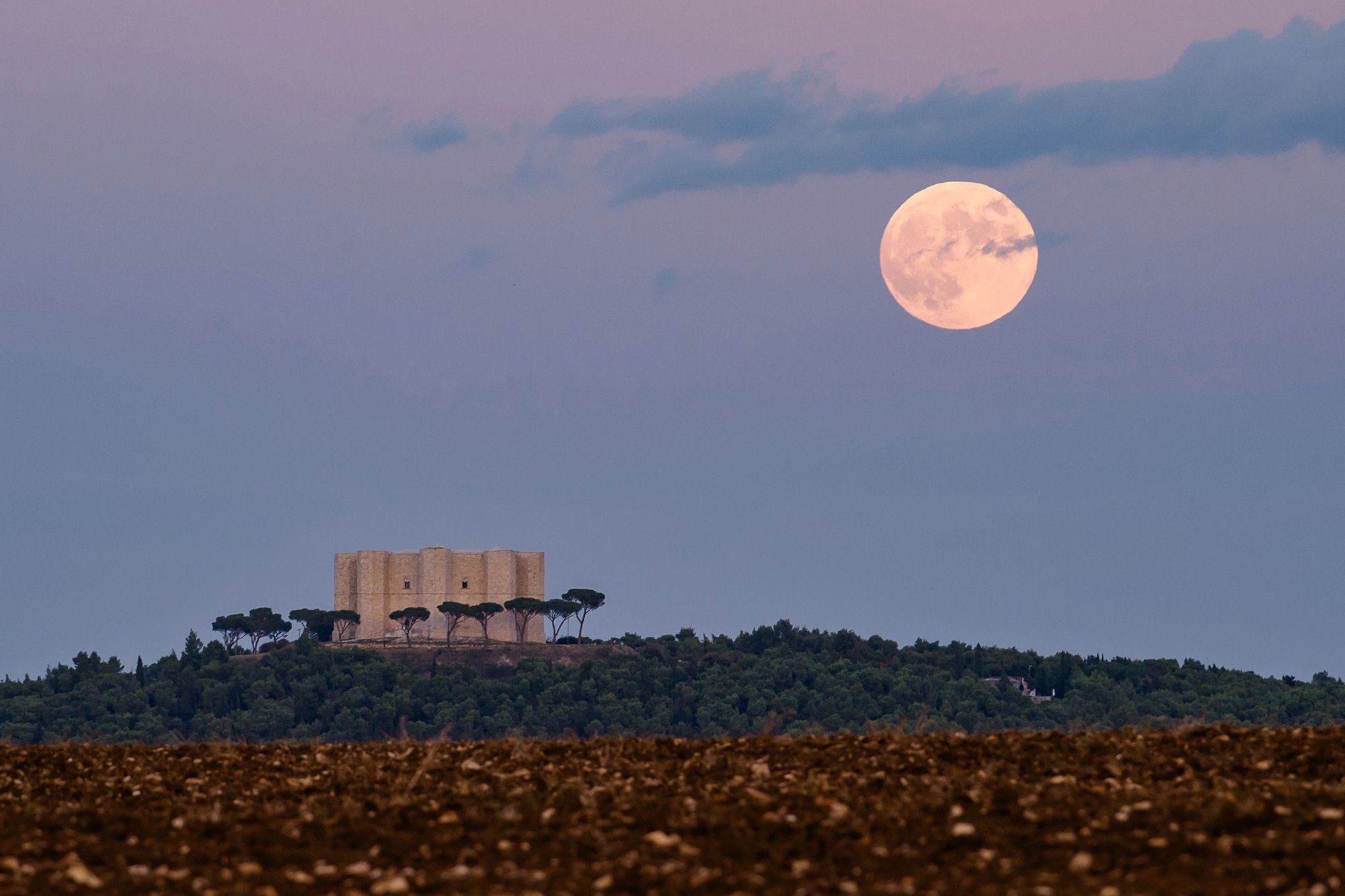
Keep your eyes along the horizon at dusk to witness a stunning lunar display rise across Australian skies this evening.
The closest supermoon of the year will soon loom large and bright in the spring sky.
October’s Hunter’s Moon is set to peak at its fullest tonight at about 10.26pm (AEDT) in Victoria, New South Wales, Canberra and Tasmania, 9.26pm (AEST) in Queensland, 9.56pm (ACDT) in South Australia and 7.26pm (AWST) in Western Australia and 8.56 pm (ACST) in the Northern Territory.
READ MORE: Man killed, another critical after cars, bus collide on Sydney Harbour Bridge
The silvery orb will appear this evening through to tomorrow night, according to NASA.
This full moon is considered the third of four consecutive supermoons expected this year, NASA says.
The celestial phenomenon happens a few times during every lunar cycle because the moon’s orbit is elliptical, meaning there are intervals when Earth’s only permanent natural satellite is closer or further from the planet.
Along the lunar orbital path, the point of closest proximity is known as perigee, which is when the moon is, on average, 363,300 kilometres from Earth.
When a full moon phase coincides with perigee, a supermoon event occurs.
What makes a supermoon special
Supermoon is a term that describes the moon when it is closer to Earth than normal.
Typically, the moon orbits an average distance of about 384,400 kilometres from its host planet, but during this month’s supermoon, it will be just 357,428 kilometres from Earth, making it the closest full moon of 2024.
During a supermoon event, the orb may appear as much as eight per cent larger and 16 per cent brighter than an average-size full moon, according to EarthSky.
October’s moon is not actually larger or brighter than any other moon, but it may appear that way because it’s viewed near the horizon shortly after sunset, said Dr Robin L. Shelton, a professor of physics at the University of Georgia.
Many people associate the Hunter’s Moon with being orange in color as it rises, but the same could be said of all full moons.
The color, Shelton explained, is a result of optical effects involving light passing through Earth’s atmosphere.
Why the full moon is called Hunter’s Moon
The Hunter’s Moon is the first full moon after the autumnal equinox, which occurred on September 22 this year.
The lunar event marks the changing of the seasons.
The name originated from Indigenous people, who benefited from the bright appearance of the moon as hunters prepared for long winters.
Hunting also tended to be easier during this time of year because the fields had already been cleared out, according to The Old Farmer’s Almanac.
Other names for October’s full moon across various Indigenous peoples include the moon of the first frost from the Potawatomi nation, time when the corn is taken in from the Apache tribe or falling leaves moon from the Anishinaabe people.
Traditions around this time include the Feast of the Hunter’s Moon, an annual re-creation of the mid-1700s fall gatherings of French and Native Americans at Fort Ouiatenon, 6.4 kilometers southwest of West Lafayette, Indiana.
The Hunter’s Moon is expected to be joined by Jupiter, a red giant star called Aldebaran and the star cluster Pleiades, according to EarthSky.
FOLLOW US ON WHATSAPP HERE: Stay across all the latest in breaking news, celebrity and sport via our WhatsApp channel. No comments, no algorithm and nobody can see your private details.
links to content on ABC
9News





